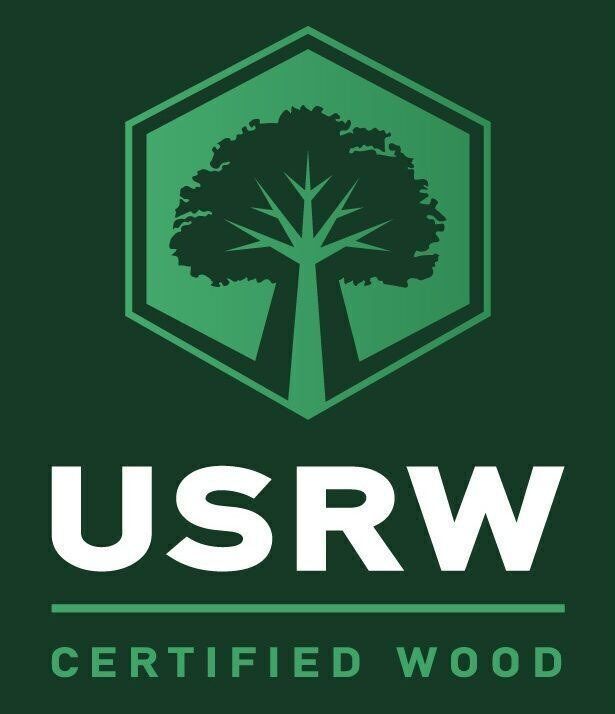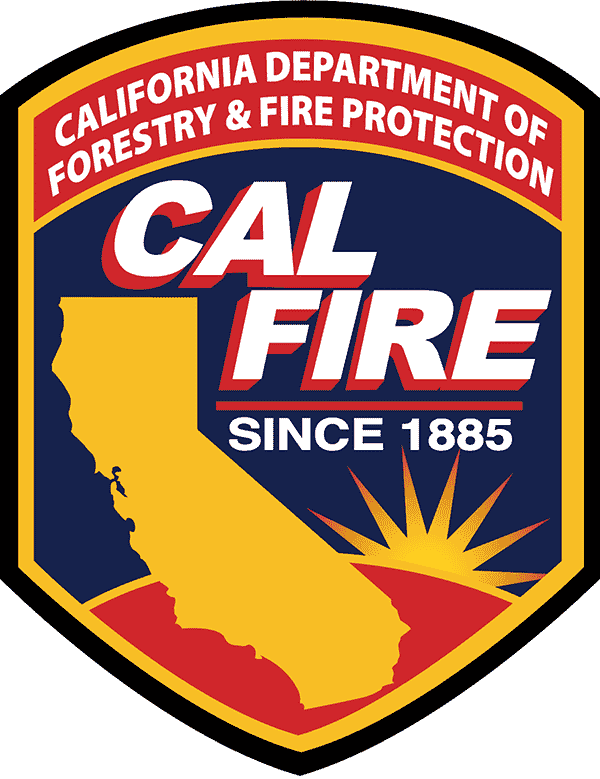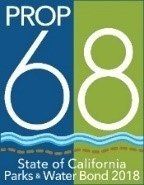USRW CERTIFIED WOOD STANDARDS
Table of Contents
1. Chain Of Custody Management Requirements: Responsibilities, Procedures And Records To Become A USRW Certified Organization.
1.3 Service Specific Requirements
Note: An organization may be certified in one or more of the listed specific service categories. Entities agree to adhere to and provide documentation to USRW for the following listed requirements from this point forward.
In addition to the Organizational Requirements above, each service involved in the Urban, Salvaged and Reclaimed Wood Industry shall have specific requirements to adhere to in order to be USRW Certified.
1.3.2 For a city/municipality to become a USRW Certified City, they must adhere to and provide documentation to USRW of the following:
- The city must have a written Urban Tree Recycling Policy along with or included in their Urban Forest Management Plan (see Appendix C for an example) which includes at least the following:
○ Tree removal salvaging plan,
○ Desirable Species Replacement Plan, and
○ An Urban Wood Utilization in New or Modified Public Construction Projects Plan.
- Work with a USRW certified company or arborist that can identify logs that can be converted into saw logs and transporting documented logs to a certified mill/sawyer.
- Document trees removed for land use conversion.
1.3.3 For a tree service, arborist, or waste stream professional to become USRW Certified, they must adhere to and provide documentation to USRW of the following:
Actively participate in the USRW Chain of Custody program for a portion of their business. For a tree service/arborist/waste stream professional, this includes:
- Identify and document the species of the tree, the reason the tree has to be removed, and the location of removal using GPS, street address, cross street, landmark, or zip code.
- For a waste stream professional, they must identify and document the species of the log or deconstructed material, (If unknown, may be classified as unknown or mixed hardwood/unknown or mixed softwood) and the location/landfill pulled from using, at minimum, a zip code.
- Verify and document the legal right to remove tree or log from property. ○ Identifying the logs that can be converted into saw logs and tagging each with a SKU that is a manually trackable or scannable code or tag; logs from that tree should have a trackable or scannable tag that incorporates the data for the tree. Log codes or tags may be applied by the sawyer obtaining a log from that tree service, arborist, or waste stream professional.
- Taking a photo of the tree before it gets cut down or before it is hauled as in the case of a tree that fell from natural causes or was pulled from the waste stream. (Optional but adds to the validity and backstory).
- Cutting trees in a way to maximize yield.
- Delivering or supplying logs to a USRW certified mill.
1.3.4 For a deconstruction company to become USRW Certified, they must adhere to and provide documentation to USRW of the following:
Actively participate in the USRW Chain of Custody program for a portion of their business. For a deconstruction company this includes:
- Identifying and documenting the species or broader grouping category of the deconstructed wood, (or list as unknown or mixed softwood, unknown or mixed hardwood).
- Recording the location the wood was deconstructed or reclaimed from including at minimum the city and state.
- Assessing material retrieved that will be entered into CoC and tag each piece or bundle/unit with a SKU that is a manually trackable or scannable code or tag;
- Taking a photo of the structure before it gets taken down when possible.
- Recording any efforts to reduce insect infestation.
- Reclaiming and cutting wood in a way to maximize yield and minimize
- waste.
- Delivering or supplying wood to a USRW certified sawmill or wood processing/re-manufacturing company for reprocessing or drying.
- Maintaining documentation of all wood storage and transport/movement throughout process.
1.3.5 For a hauling company to become USRW certified, they must adhere to and provide documentation to USRW of the following:
Actively participate in the USRW Chain of Custody program for a portion of their business. For a hauler, this includes:
- Gathering data from the log harvester, to include any or all available information listed for the arborist or tree service in 1.3.3, or assuring that arborist or tree service directly transmits such data to the certified mill/sawyer.
- Receiving and transporting documented logs to a USRW certified mill/sawyer o Maintaining accurate USRW Chain of Custody documentation regarding the distance traveled while transporting logs, this information is added to the SKU that is manually trackable or a scannable tag throughout the CoC for this item.
- Taking photos of a load being hauled (optional, but can add to the validity and backstory).
1.3.6 For a sawmill or wood processing/remanufacturing company to become USRW certified, they must adhere to and provide documentation to USRW that they meet the following guidelines of USRW Certification:
Actively participate in the USRW Chain of Custody program for a portion of their business. For a sawmill/wood processor/remanufacturing company, this includes:
- Receiving documented logs/lumber from USRW certified tree services and/or haulers, USRW certified cities, waste stream professionals, or other processors. o For logs acquired directly at the site where the tree was grown, or from a non USRW certified tree service/arborist, city, or waste stream professional, only a USRW certified sawmill or wood processing/remanufacturing company may directly generate all the Chain of Custody documentation otherwise required of the arborist/tree service and hauler under 1.3.3 and 1.3.4
- Maintaining accurate USRW Chain of Custody documentation and marking all lumber and cuts of wood to be certified with the SKU or tag that links back to all information in the CoC.
- Taking photos of the lumber as it is cut (optional, but adds to the validity and backstory).
1.3.7 For a wood drying company (kiln or air) to become USRW certified, they must adhere to and provide documentation to USRW that they meet the following guidelines of USRW Certification:
Actively participate in the USRW Chain of Custody program for at least a portion of their business. For a drying company (kiln or air), this includes:
- Receiving documented logs from USRW certified sawmill(s)
- Maintaining accurate USRW Chain of Custody documentation, this information is added to the SKU that is a manually trackable or scannable tag throughout the CoC.
- Drying to USRW accepted industry standards. (See Appendix A)
1.3.8 For a maker, woodworker, or artisan to become USRW certified, they must adhere to and provide documentation to USRW that they meet the following guidelines of USRW Certification:
Actively participate in the USRW Chain of Custody program for at least a portion of their business. For a maker, woodworker or artisan this includes:
- Obtaining USRW Certified lumber from a USRW Certified vendor or supplier. o Maintaining accurate USRW Chain of Custody documentation by providing an identifying SKU that is a manually trackable or scannable tag throughout the CoC with all finished products.
- In the event that it is not feasible for the final product to be marked, hard copy and/or digital documentation will suffice.
- Taking photos of the finished products. (optional, but adds to the backstory and validity)





